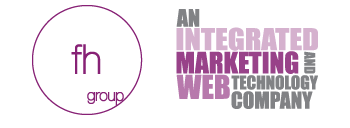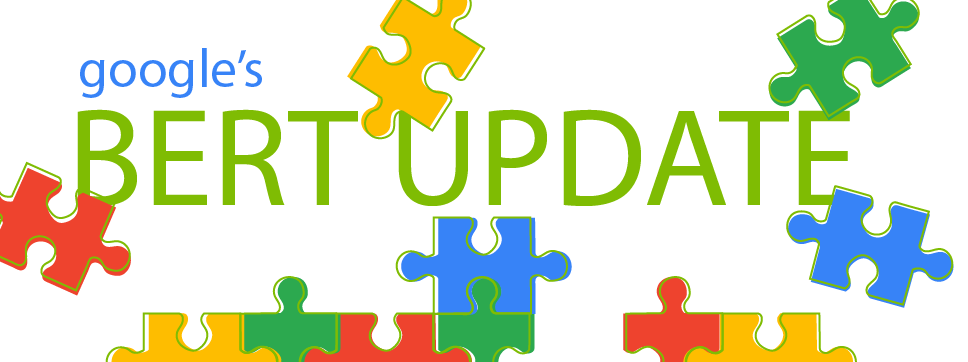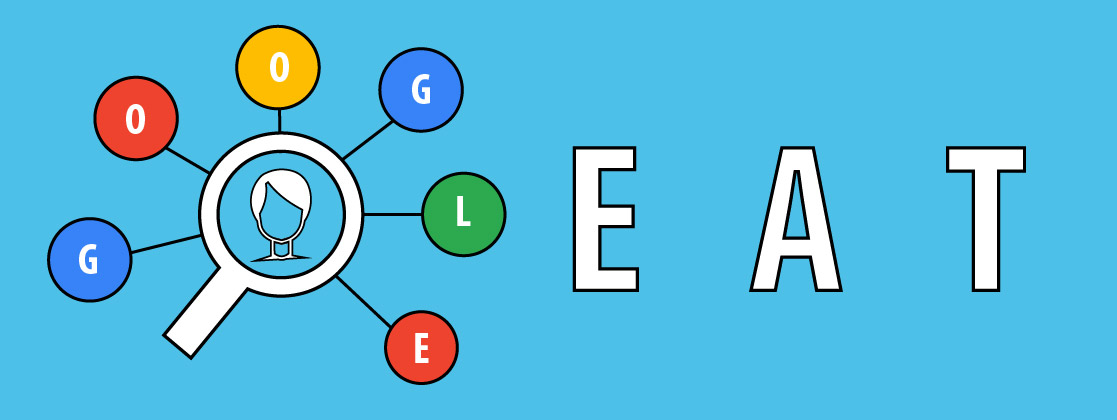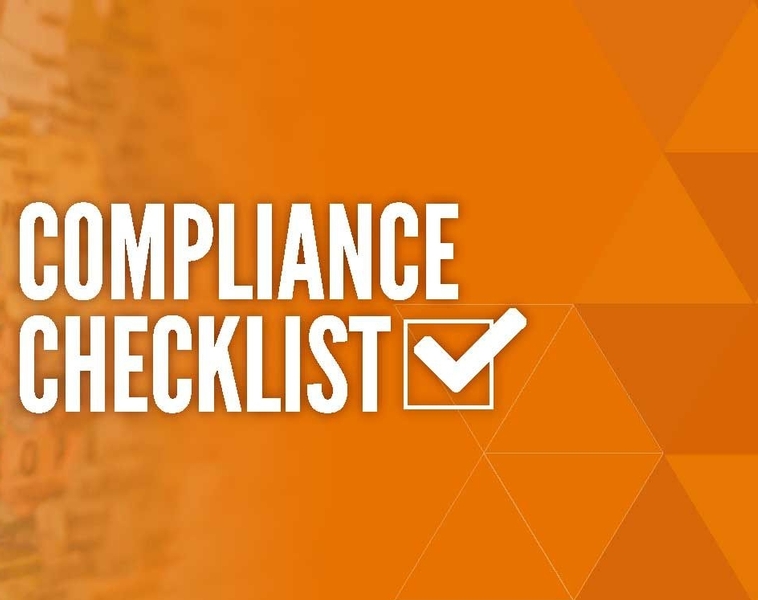In October of 2019, Google announced its latest update to their search algorithms: BERT.
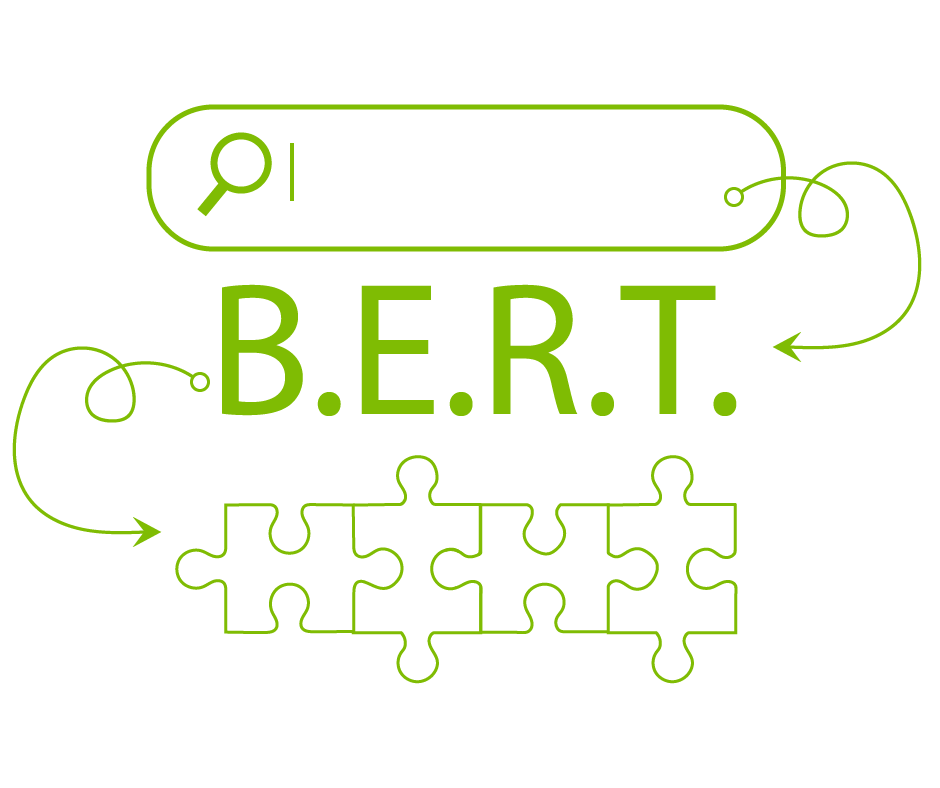
BERT, which stands for Bidirectional Encoder Representations from Transformers, is a technique technology utilizes to help algorithms grasp nuances of context in search queries. Rather than looking at the words in a search query one-by-one, BERT uses context and relations of all the words. This means BERT now accounts for understanding the intent behind search queries.
What does this mean for your SEO strategies?
The only way to optimize for BERT is to create website content that is useful and compelling. BERT is built to reward strong website content. This means it is time to revisit your on-page SEO.
Content With Context Is Key
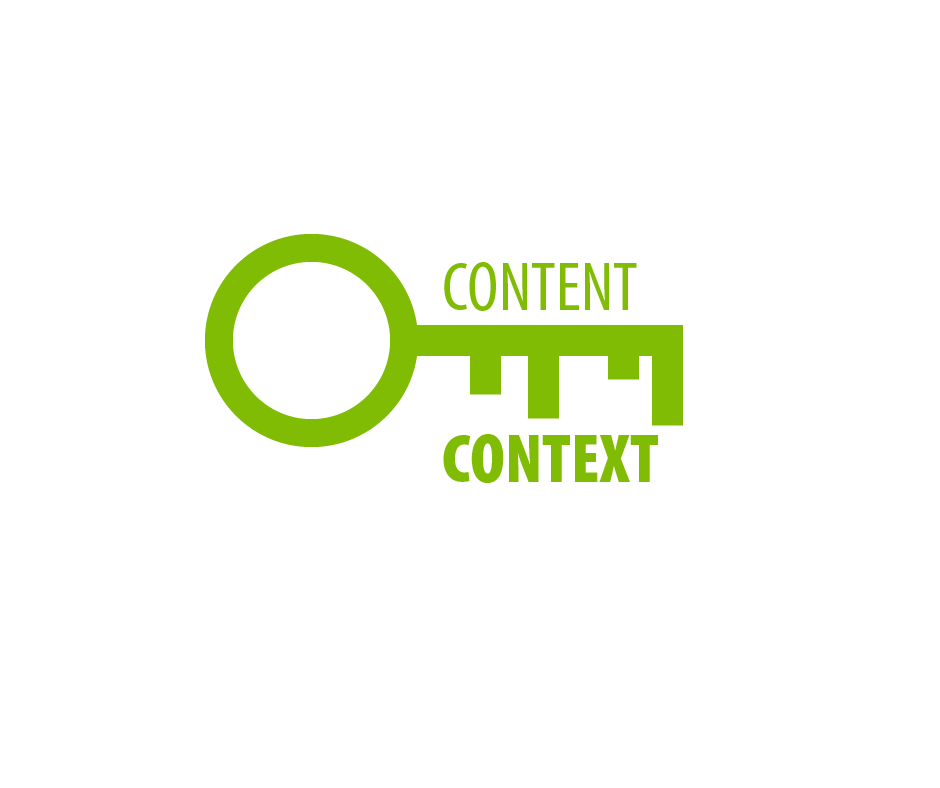
The purpose of BERT is to ensure that users are finding useful information. You need to craft your content to connect your website and a user’s search intent. Google suggests having a minimum of 350 words for your landing pages. A typical search user uses about 3 words in their search queries. There are 3 types of search queries:
Informational
These are searches done to find out more information or seeking answers to a question. Create content that provides helpful information to search queries. This can include explanations of certain processes you use or pages that focus on educating the users on the benefits of your products.
Example: User searches “ring forging process”. Your website contains a page on your website dedicated to understanding your company’s forging process.
Navigational
These are searches done by somebody looking specifically for your website. These searches are more likely to happen as you continue to build your brand within your industry. Utilize your company name as a keyword.
Example: Include “McInnes Rolled Rings” when creating your page titles & meta descriptions.
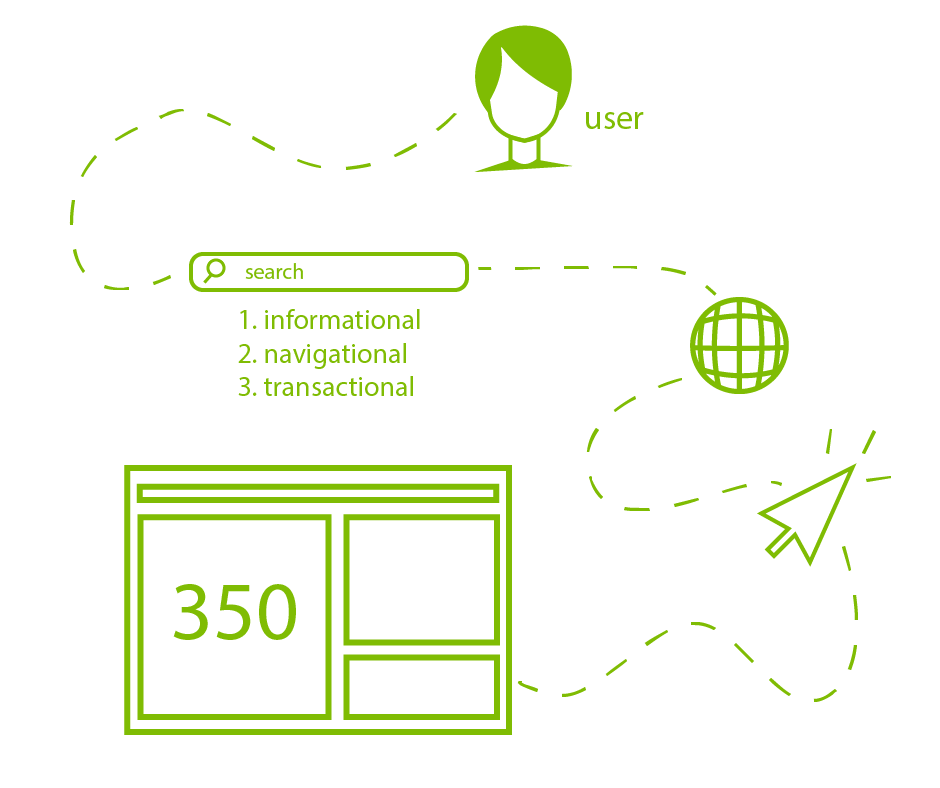
Transactional
These searches indicate the user is looking to make a purchase. Create product pages with a clear way to make the purchase. These pages should provide a clear path for customers to take to purchase and be transparent with how the purchasing process will work.
Example: User searches “stainless steel rings”. Your website contains a page with information on what stainless steel rings you offer with an easily visible “Request a quote!” button.
Keep It Simple, Structured, + Specific
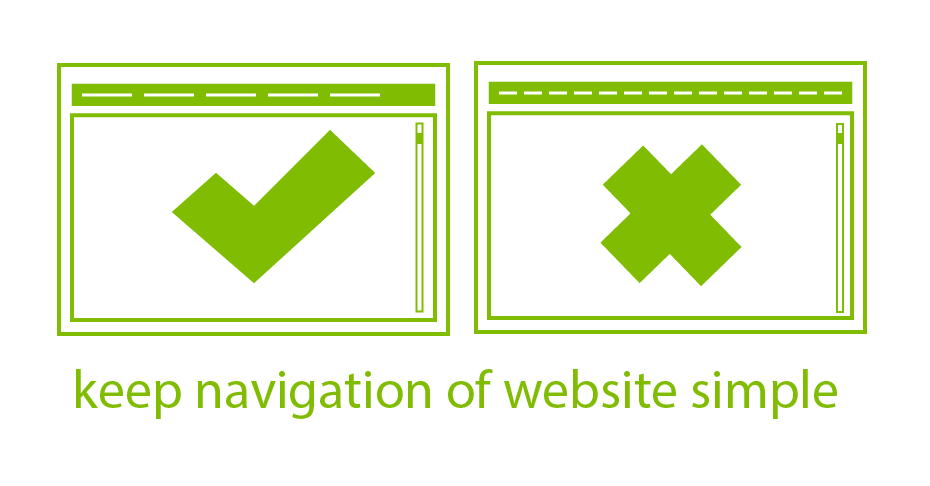
Your content needs to answer a question as quick as possible while adding value compared to the competition. Keep your website content structured. Make sure your navigation is easy-to-use and makes sense to the average user. Your top header should list your main navigation pages. Your website should utilize between two to seven main navigation pages. Structured content will create sitelinks for your Search Engine Result Pages (SERPs), which is a big advantage for your SEO. Strong structure also makes it easier for Google to crawl and index your website.
Be specific about your product/service. This does not necessarily mean you should focus on creating long-form content; instead, you should focus on incorporating long-tail keywords and terms in your website’s content. This will require research to see what search terms are leading to your website. These are the terms that you should utilize as long-tail keywords. However, be careful with keyword stuffing - the content should still be written naturally and including phrases a typical user would use/search.
Quality > Quantity
BERT does not mean you will necessarily get more website traffic. It means you will get better quality traffic that converts. By optimizing your content for users, you’re optimizing BERT for qualified leads and customers.
Have additional questions about how to get your web content BERT ready? Contact us today.
